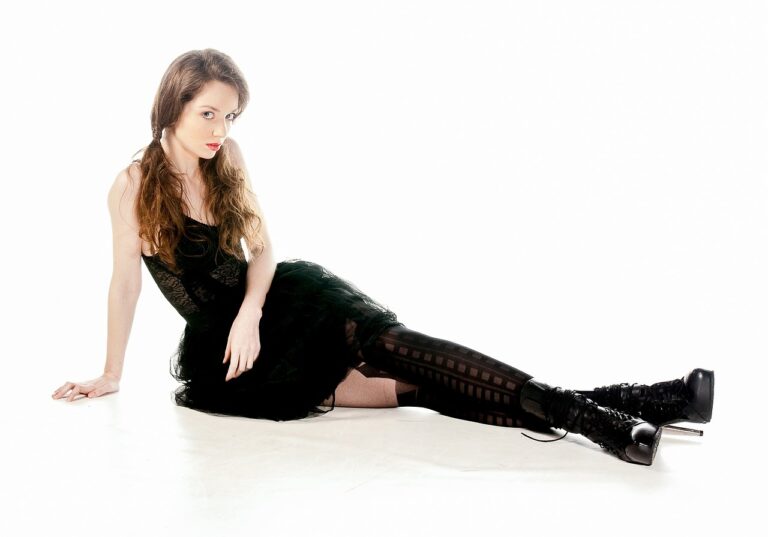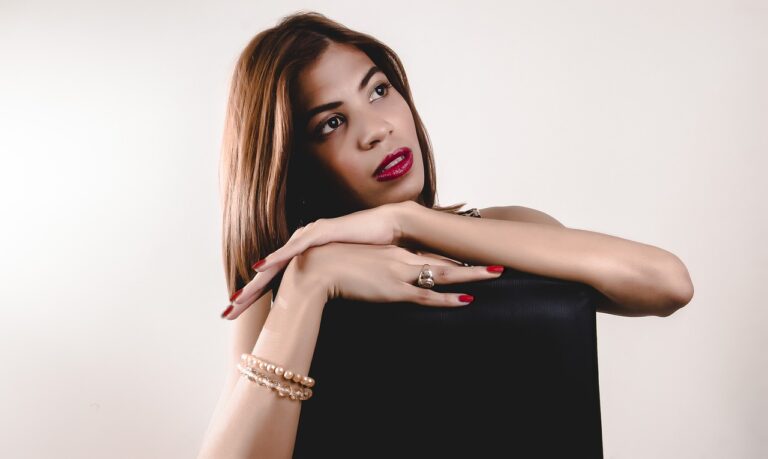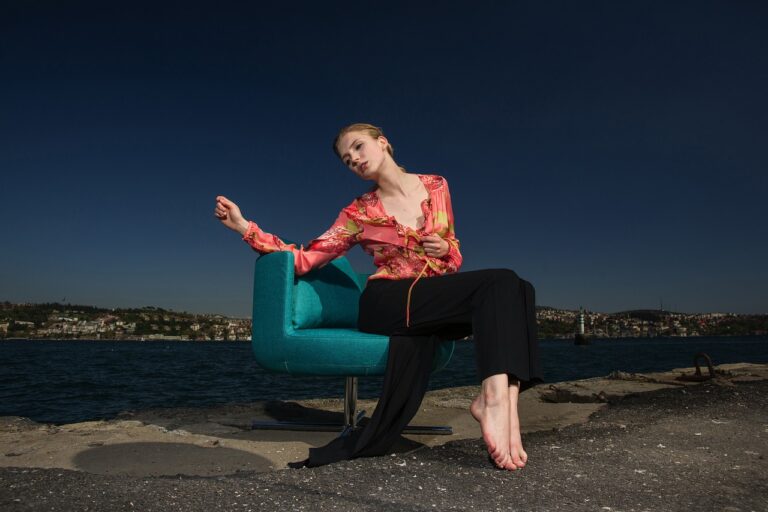Fashion and Community: Building Inclusive Spaces in the Industry
The fashion industry’s struggle with diversity and inclusivity is evident in the limited representation of marginalized communities on runways, in campaigns, and in leadership positions. BIPOC, LGBTQ+, and differently-abled individuals often face barriers to entry and advancement within the industry, perpetuating a lack of diverse perspectives and voices in fashion.
Moreover, the issue is compounded by a historical emphasis on eurocentric beauty standards and a narrow definition of what is considered “fashionable.” This narrow lens not only excludes many diverse groups but also perpetuates harmful stereotypes and biases, hindering progress towards a more inclusive and representative industry.
The Importance of Representation in Fashion
Representation in fashion holds immense significance in creating a more inclusive and diverse industry. When individuals from all backgrounds see themselves reflected in various fashion campaigns, runway shows, and editorials, it sends a powerful message of acceptance and belonging. Moreover, representation helps break down stereotypes and challenges narrow beauty standards, paving the way for greater acceptance and appreciation of different cultures, body types, and identities.
By featuring a diverse range of models, designers, and creatives, fashion can not only celebrate the uniqueness of individuals but also showcase the beauty of cultural diversity. Seeing people who look like them in the fashion world can inspire individuals from marginalized communities to pursue their passions and dreams within the industry. It communicates that their voices matter and that there is a place for them in an arena that has not always been inclusive. Ultimately, representation in fashion is not just about aesthetics but about fostering a sense of unity and empowerment among all individuals, regardless of their background.
• Representation in fashion promotes acceptance and belonging
• It helps break down stereotypes and challenges narrow beauty standards
• Celebrates the uniqueness of individuals and showcases cultural diversity
• Inspires individuals from marginalized communities to pursue their passions
• Communicates that everyone’s voice matters in the fashion industry
Ways to Support and Empower Marginalized Communities in the Industry
To support and empower marginalized communities in the fashion industry, it is crucial to provide equal opportunities for learning and growth. This can be achieved through mentorship programs, internships, and scholarships specifically tailored for individuals from underrepresented backgrounds. By actively investing in the development of aspiring designers, models, and other professionals from marginalized communities, the industry can foster a more diverse and inclusive environment.
Furthermore, promoting allyship and collaboration within the industry is essential in creating a supportive network for marginalized individuals. Fashion brands and organizations can partner with diversity-focused initiatives, engage in community projects, and amplify the voices of underrepresented talent. By actively working together and uplifting one another, the industry can break down barriers and create a more inclusive space for all.
What are some key challenges in promoting diversity and inclusivity in the fashion industry?
Some key challenges include lack of representation, cultural insensitivity, tokenism, and systemic barriers to entry for marginalized communities.
Why is representation important in the fashion industry?
Representation is important because it allows marginalized communities to see themselves reflected in the industry, helps break stereotypes, and promotes inclusivity and diversity.
How can we support and empower marginalized communities in the fashion industry?
Ways to support and empower marginalized communities include promoting diversity in hiring practices, creating inclusive environments, providing resources and mentorship, and amplifying their voices and stories.







